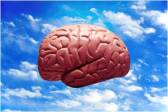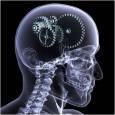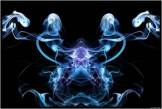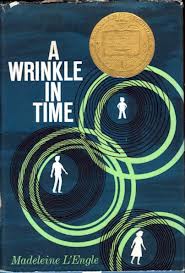Back from NAGC in Charlotte, and intending to post a blog about the final panel of this year’s convention, I am instead sharing what Rosemary Cathcart (the newest member of the Columbus Group, whose Reach Education online course won an award this year from NAGC’s Professional Development Network–and who flew from the other side of the world to receive it) posted in NZ yesterday. This message is needed around the world wherever people assume that giftedness is not innate to the individual, and equates with achievement.
“I can do it. Anyone with persistence and hard work can do this.”
Is mindset a basic truth, or a damaging fallacy, or simply muddled thinking? How does it really relate to giftedness?
[First posted on the tki gifted community forum (New Zealand) on November 20 2017]
There has been a good deal of discussion on this site in recent days about Jo Boaler’s concept of mindset, and it’s evident that many people are feeling somewhat confused about this whole subject, and just where it fits in relationship to giftedness
That’s very understandable. We all know that some degree of effort is required to master any skill, from the simplest to the most complex. We all know this from the daily experience of our own lives. It’s true for every human being, and as David Attenborough and other wild-life experts have shown us, it’s also true for every animal and every bird on this planet. Even insects and spiders: as the story of King Bruce and the spider reminds us, mindset is hardly a new human discovery. Not only practice but the will to maintain that practice until competence is reached is a fundamental life skill for all living creatures.
It’s also true, of course, for gifted individuals. They are not somehow exempt from the universal need to practise to achieve. They too need persistence to keep going when success or competence does not come immediately or easily.
So what’s the issue?
Jo Boaler’s argument is that the stronger the will and the more sustained the effort, the higher the level of competence eventually reached. Because, as a general statement, that’s demonstrably true, she has gone on to claim that this somehow disproves the notion of giftedness. Her assertion is essentially that what we call giftedness is just people who’ve tried harder and longer and with more persistence to achieve. The implication is that any individual who has the will and the determination – the “grit” to use the term commonly applied – can reach a gifted level of performance.
But here’s the flaw:
Achievement is dependent on two qualities: sustained effort–AND innate ability level. This latter reality also sets boundaries to what can be achieved.
Perhaps it takes an extreme example to best show how thoroughly misleading Boaler’s argument is. At the NAGC convention I’ve just come back from, Stephanie Tolan in a presentation on asynchronous development spoke of a child aged less than four months who was already talking in groups of up to three words and who was able to greet a surprised visiting doctor by saying “Hello” as he peered over the edge of the cot. As Tolan said, this child’s hugely precocious speech can hardly be put down to months or years of practice or “grit”! (As a matter of fact, I myself have a niece who was speaking at four months – it happens, generally leaving parents feeling thoroughly gobsmacked and wondering “What on earth do I do now???”).
You and I, as people who work with gifted children, also know this from our experience with them, even if not quite to that extreme. We see the child who not only grasps concepts so much more fully than age peers but who generates questions which go far beyond the boundaries of the regular curriculum. Routinely we find ourselves working in an entirely different conceptual landscape from that of the regular classroom. (I’m thinking, for example, of a local four year old who wanted her kindy teacher to explain the difference between infinity and eternity…..).
You and I also see how gifted children are often denied recognition, not only of their innate ability, but also of their need too for sustained practice. Regular school work just doesn’t require the effort, the sustained struggle, that builds persistence. It’s a double whammy for them, and Boaler’s misguided attempt to make all human beings fit the same simplistic model seriously compounds this issue.
Why did the mind-set theorists get it so wrong?
My own guess is that the underlying issue here is the narrow focus Boaler and the mind-set people and also the talent development people and all too often our school systems have on quantifiable achievement. If what primarily matters about a child is how far up the scale they can get, then you simply don’t have that depth of understanding which would enable you to recognise the complex inner experiences which shape the responses of the gifted child and which so significantly differentiate those responses, not just in quantitative ways, but in fundamental nature from those of most age peers.
It’s not, and it never ever has been, about one child being “better” than another. It’s about recognising and celebrating the wonderful and exciting diversity of human ability and accomplishment. Don’t you agree?
Dr Rosemary Cathcart
Director, REACH Education
www.giftedreach.com








